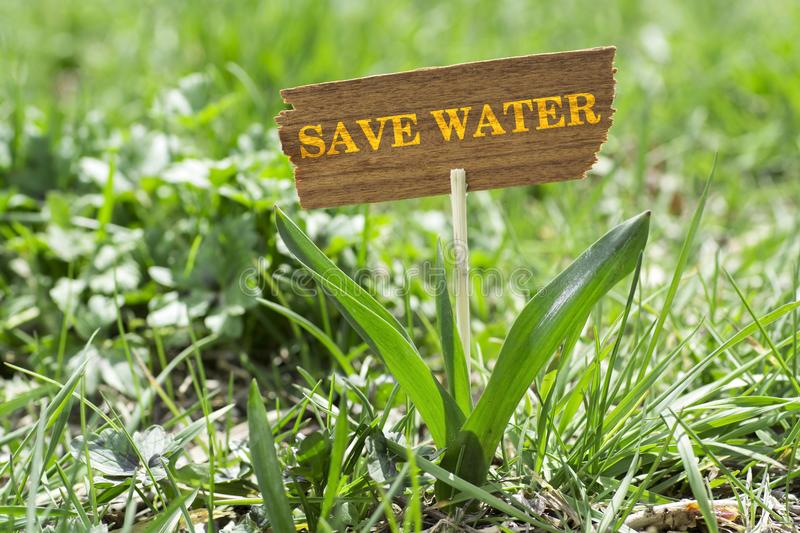Proper organization of the garden and a few tricks can save precious water without harming the plants. Discover our tips for watering your plants while remaining respectful of the environment.
Every day, a French person consumes 150 liters of drinking water but only drinks 1%. Part of this drinking water is used in the garden, to water plants that would simply be satisfied with fresh water. So, how to save water in the garden?
A garden that takes water needs into account
A well-designed garden to save water is first of all a reflection on the planting of plants to better reducethe impact of gardening on the environment. First step, the choice of species. In nature, each plant is adapted to the characteristics of its environment, including the availability of water. The same logic can be applied to the garden by choosing plants adapted to drought in places where water is a problem, while more humid places will welcome more demanding plants.
In the case of a vegetable garden, where the assembly of plants does not follow an aesthetic rule but rather a practical one, it is possible to gather the species according to their water needs. This makes it possible to rationalize watering so that the plants get the most out of the water according to their needs. For example, water-hungry plants can be grouped together in a square that will be watered daily, while the water-saving plant square will only be watered weekly.
A plantation that optimizes water resources
Second step, the actual planting. A deep hole filled with loosened soil and nutrient-rich potting soil or compost will promote deep root growth, making the plant self -sufficient from water. On the surface, an earthen basin around the plant, made up of a hollow surrounded by a small fill, will keep the irrigation water as close as possible to the plant.
The height of refinement, a bottle turned upside down and sunk in the ground will allow you to water directly at the level of the roots. The use of a porous terracotta container will also have the advantage of spreading the irrigation water gradually.
Once planted, several techniques limit water consumption without depriving the plants. First of all, hoeing, which breaks up the surface earth crust and loosens the soil. This work of the soil facilitates the penetration of water and limits evaporation by reducing the rise of water by capillarity. It is for this reason that gardeners say that “one hoe is worth two waterings”.
Then, mulching, that is to say the deposit of organic, mineral or even plastic materials at the base of the plants, will prevent the surface crust from reforming. In addition, this mulch will protect the soil from the sun’s rays and reduce evaporation, but also soak up dew and rainwater. Mulching has other benefits, such as protecting plants from frost.
Water with reason
Finally, the watering itself. The first waterings of a new plant are crucial. They must first of all help it to fight against the water stress of the plantation, then promote vertical root growth, which anchors the plant in the ground and provides it with access to water reserves, and not horizontal. It is therefore necessary to water often after planting, then abundantly but spaced out over time.
Thereafter, watering should be done according to the weather , to avoid doing it unnecessarily before a rain, and preferably in the evening or in the morning, to limit losses by evaporation. Note that drip irrigation is more economical than sprinkler irrigation, which is more effective than flood irrigation .
Finally, the last element to reduce the consumption of drinking water, therecovery of rainwater. A rainwater collection and storage system in a cistern provides free water for the garden. This water will advantageously replace that which will have undergone numerous potabilization treatments, useless for the plants, before arriving at the tap. This system can be a simple barrel under a downspout , or be a more elaborate installation, with cistern, pump and dedicated network.
